Ashish Joshi, Mansi Gupta, Aishwarya Dhumale, Shyamli Thakur, Surapaneni Krishna Mohan
CUNY Graduate School of Public Health and Health Policy, New York
Foundation of Healthcare Technologies Society, New Delhi
SMAART PHIC Foundation of Healthcare Technologies Society and Panimalar Medical College Hospital & Research Institute, Chennai
India has approximately 500 million-smartphone users. In the year, 2017, National Health Policy came with the vision of ‘Health and wellbeing for all at all ages’. National Digital Health Mission (NDHM) is one such initiative replacing the disparate electronic services with integrated digital services. It is a promising step towards revolutionising the healthcare delivery system in India. Information and communication technology will help to expand healthcare across the country. With the launch of Ayushman Bharat Yojana, Govt has put in its steps into providing preventive healthcare services to the grass-root level with providing healthcare cover to poor and vulnerable populations.
Vision National Digital Health policy
“Create a National Digital Health Eco-system that supports Universal Health Coverage in an efficient, accessible, inclusive, affordable, timely and safe manner, through provision of a wide-range of data, information and infrastructure services, duly leveraging open, interoperable, standards-based digital systems, and ensuring the security, confidentiality and privacy of health-related personal information.”
ndhm.gov.in/home/ndhm
Objectives
To manage digital health data. The keystone of the policy is the National Health Informatics Standards and recommended FHIR Release 4, SNOMED CT and LOINC as standards to establish standardised and uniform technical specifications, processes and practices.
- For creating a Single Source of Truth in respect of Clinical Establishments, Healthcare Professionals, Health Workers and Pharmacies, Establishment of National and Regional Registries.
- To implement adoption of open standards and based on citizen-consent, a system of Personal Health Records would be created based on International standards to provide an easy access to the citizens, to the healthcare professionals and services providers and to ensure leveraging the Health Information Systems
- To address the Sustainable Development Goals of the health sector, develop enterprise-class health application systems.
- To adopt the best principles of cooperative federalism while operating effectively with the States and Union Territories
- To ensure the participation of the healthcare institutions and professionals in the private sector a combination of prescription and incentives introduced.
- To ensure National Portability in the provision of health services;
- To promote the use of Clinical Decision Support (CDS) Systems by health professionals and practitioners
- Leveraging Health Data Analytics and Medical Research for better management and quality assurance of the healthcare sector.
- Through digital tools enhancement of the efficiency and effectiveness of Governance at all levels
- To leverage the Health Information Systems by ensuring that they conform to the defined standards and integrate with the proposed NDHE
Principles of NDHP
- Unique and Reliable Identification of everyone across the whole ecosystem
- Trustworthiness of the information created
- Potential for establishment of longitudinal health records for every individual
- Managing consents thereby to ensure the privacy and confidentiality of personal health data.
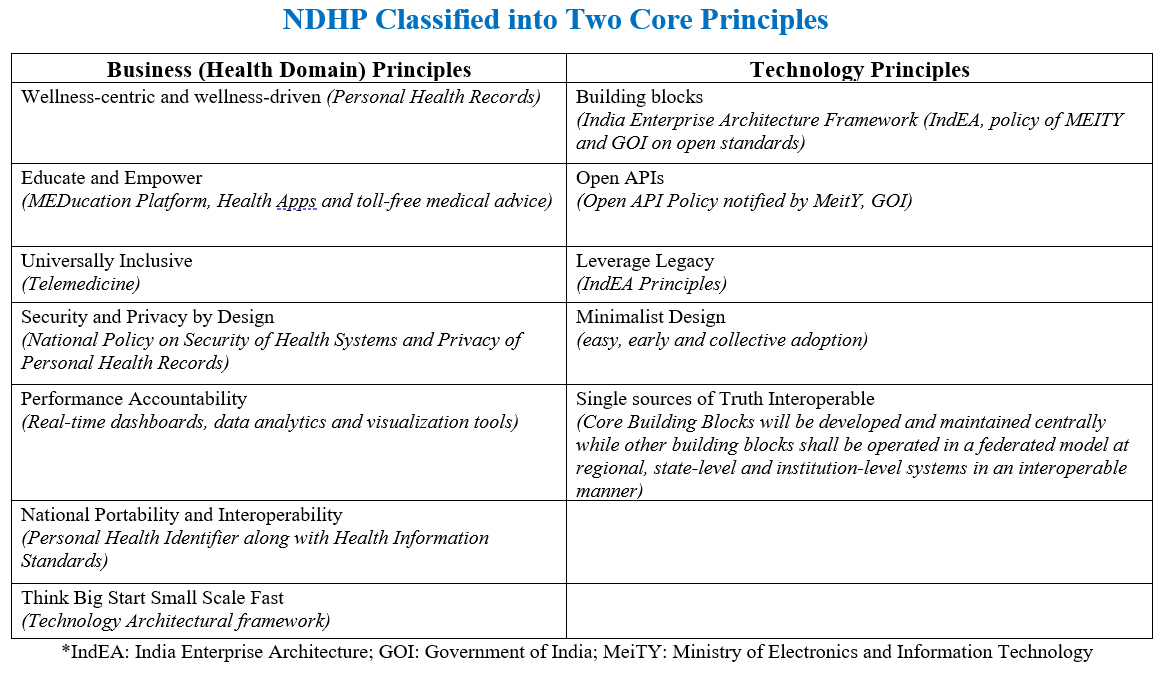
Proposed Architecture
Building blocks are instrumental in the functioning, implementation and operability of the National Digital Health Mission. Ground level work involves development of secure health networks, health clouds, disease registries and development of security and privacy framework. The interoperable framework will allow data hubs such as Personal health identifier, personal health records and health master directories to link information to UID numbers. Technological substructure strengthened with health locker, anonymizer, consent manager, health analytics and GIS visualization. NDHM Sandbox environment allows application-programming interface (API) software enables collaboration and innovation and include newer applications to the mission. The access to health information brought about by health applications, portals, social media and call centres. Telemedicine could be an effective tool to allow the mission to reach even to the remotest areas. The entire building block framework will follow National health standards.
The aim is to provide digital access to health record and centralised interoperable framework of healthcare delivery. Integrated services at a single point. Effective tele healthcare. Privacy and consent-based access to health data and support data driven decision-making and policy analysis, which will in turn provide evidence-based interventions and help in achieving United Nation’s sustainable development goals related to health.
Funding initiative: Centrally funded under the National Health Policy, 2017
For more information read more: ndhm.gov.in/home/ndhb

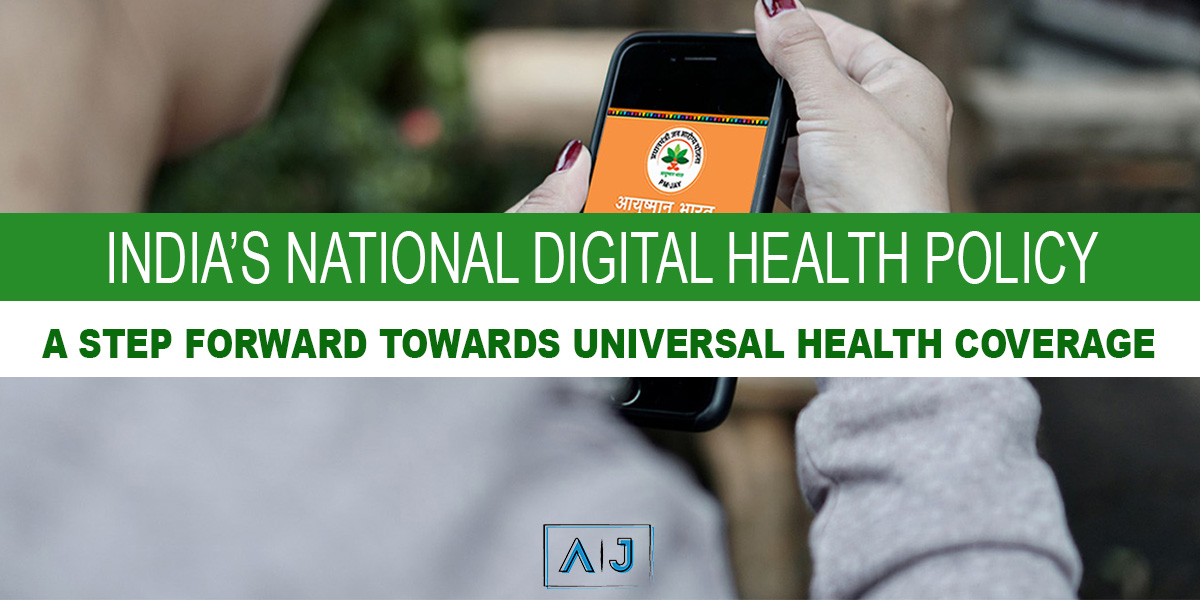
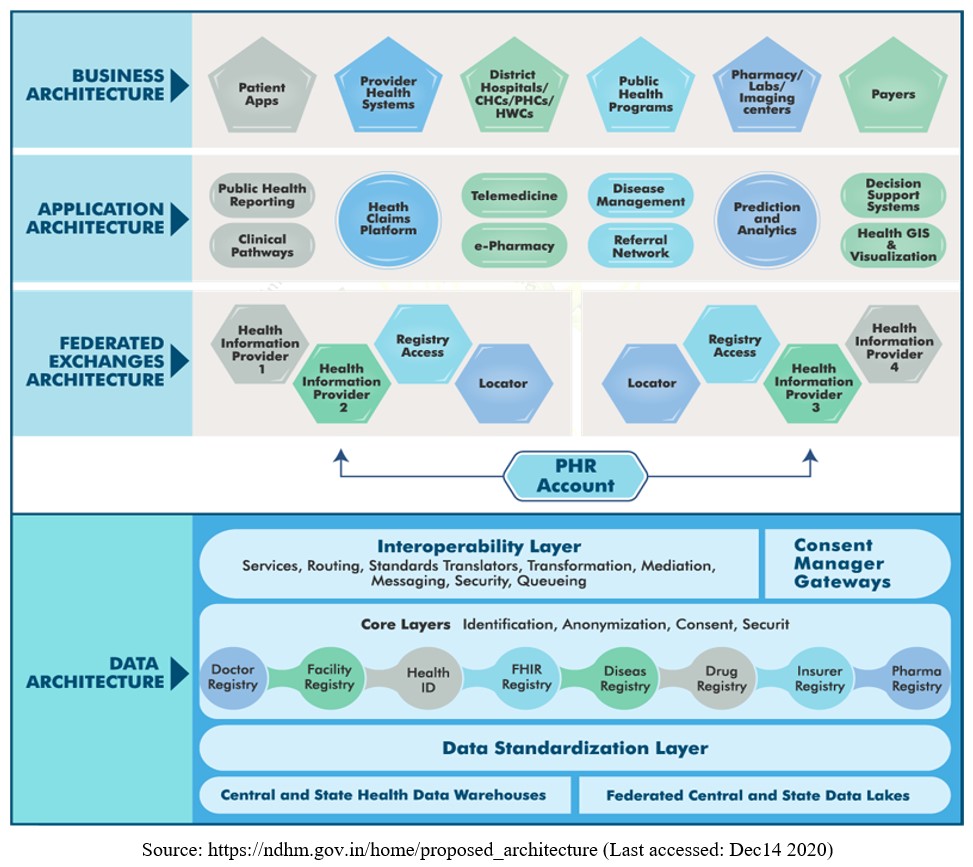





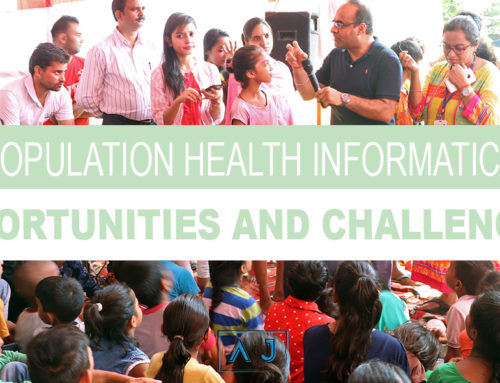
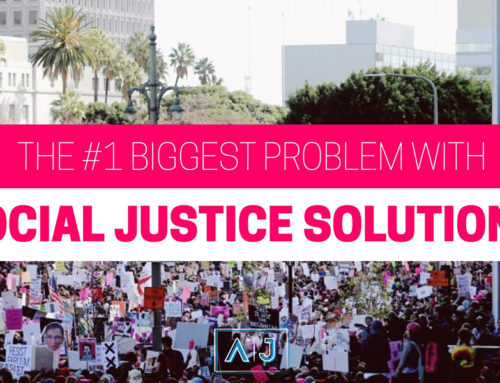



Leave A Comment